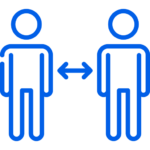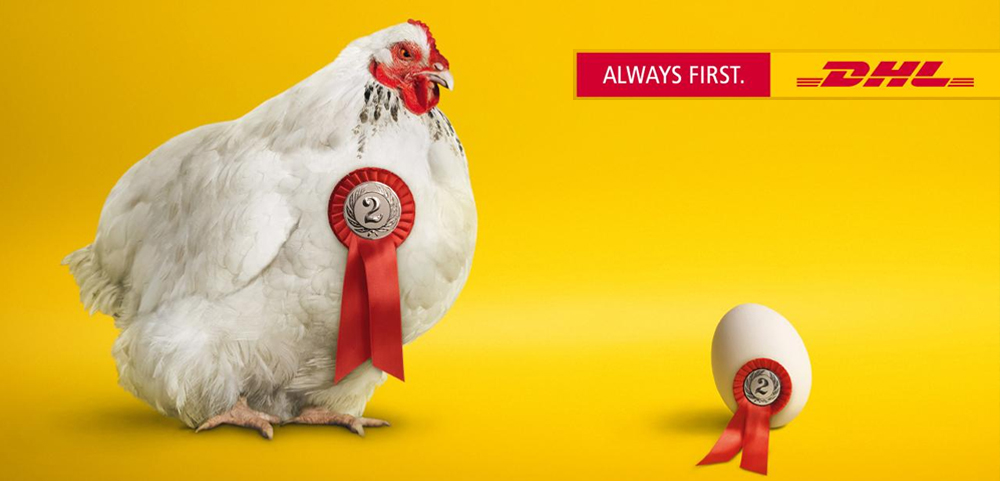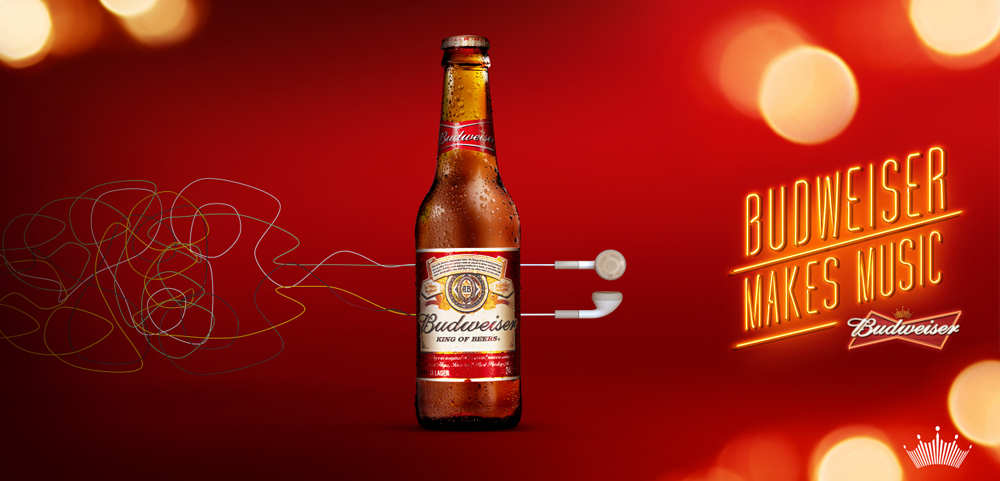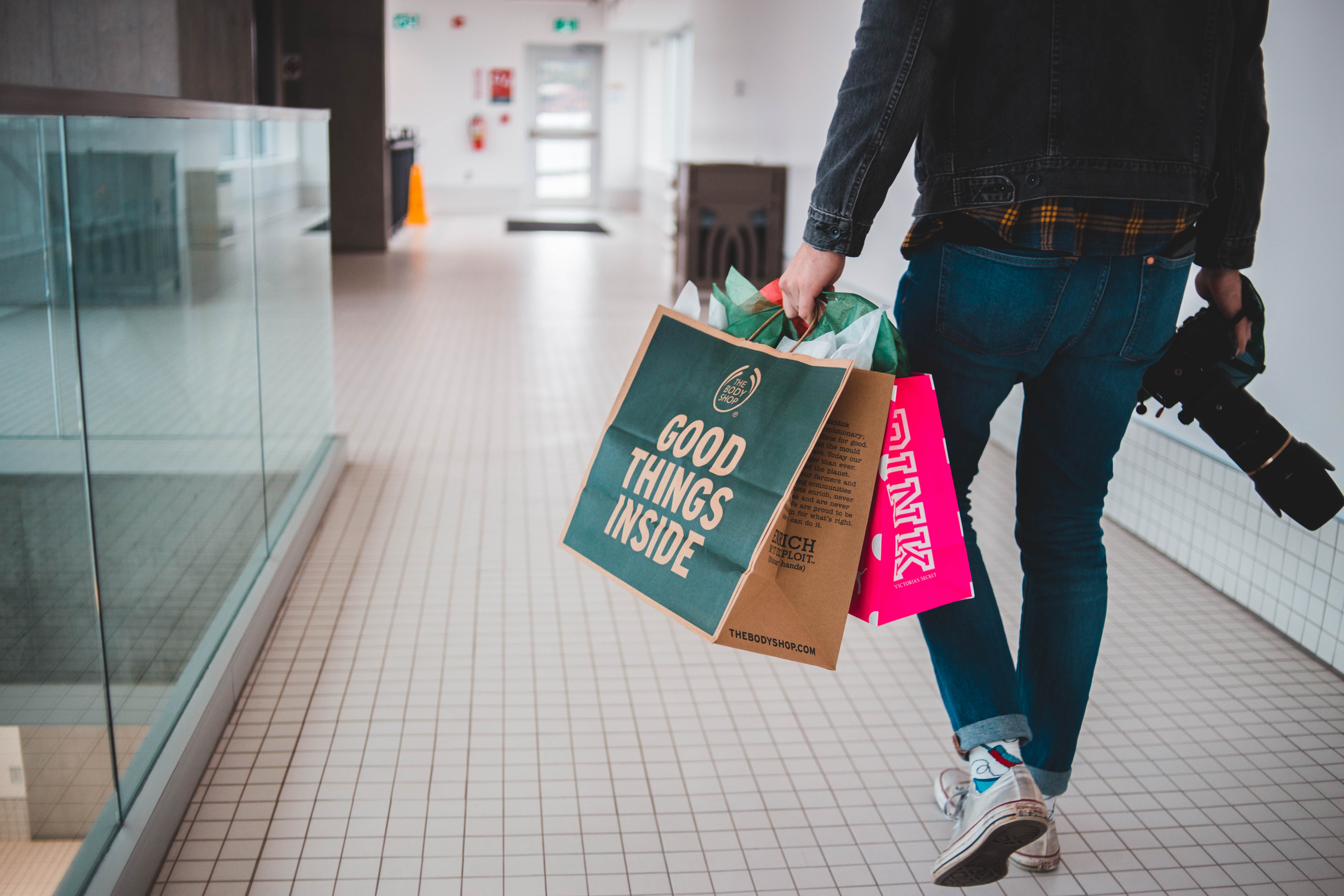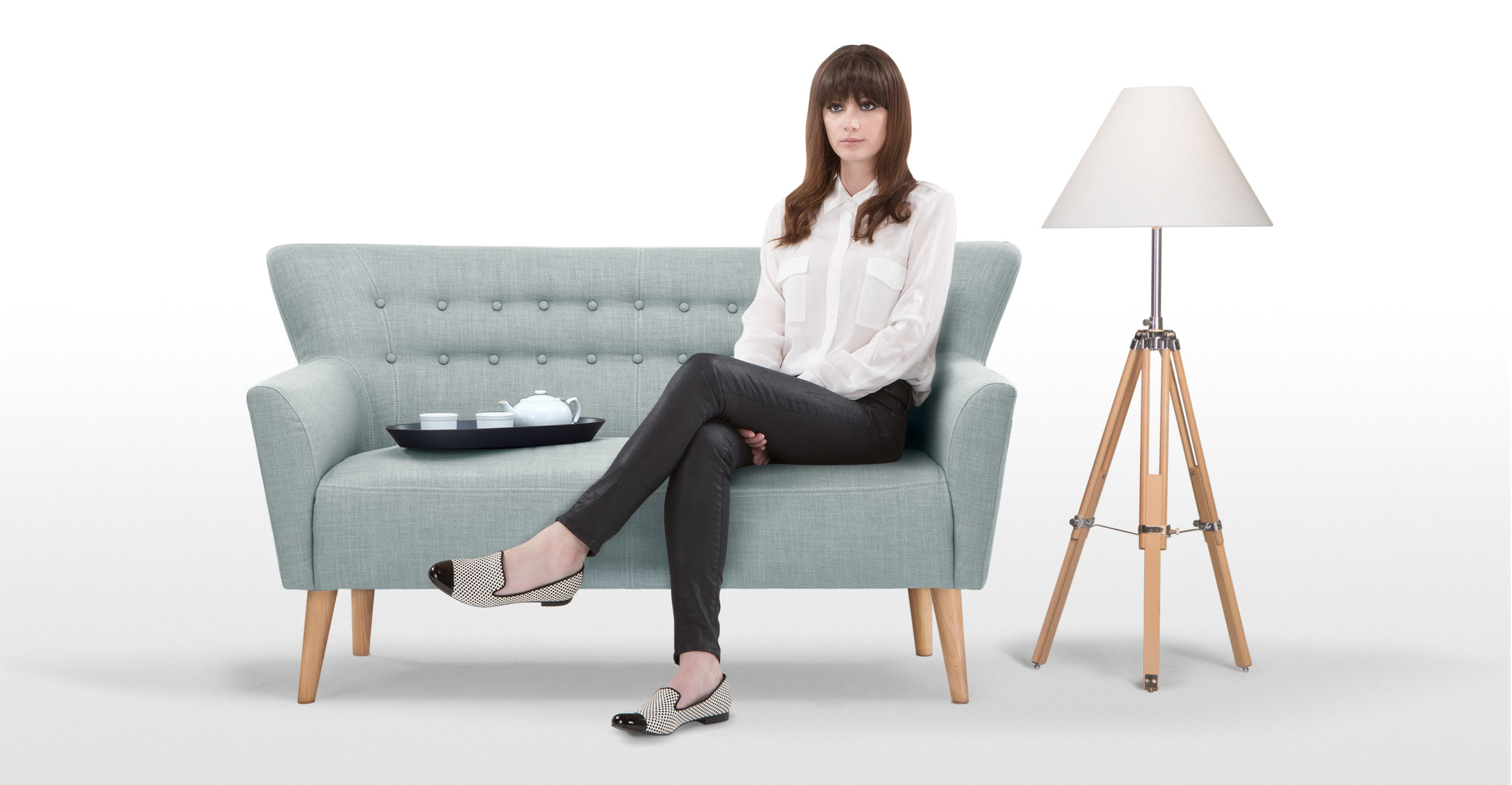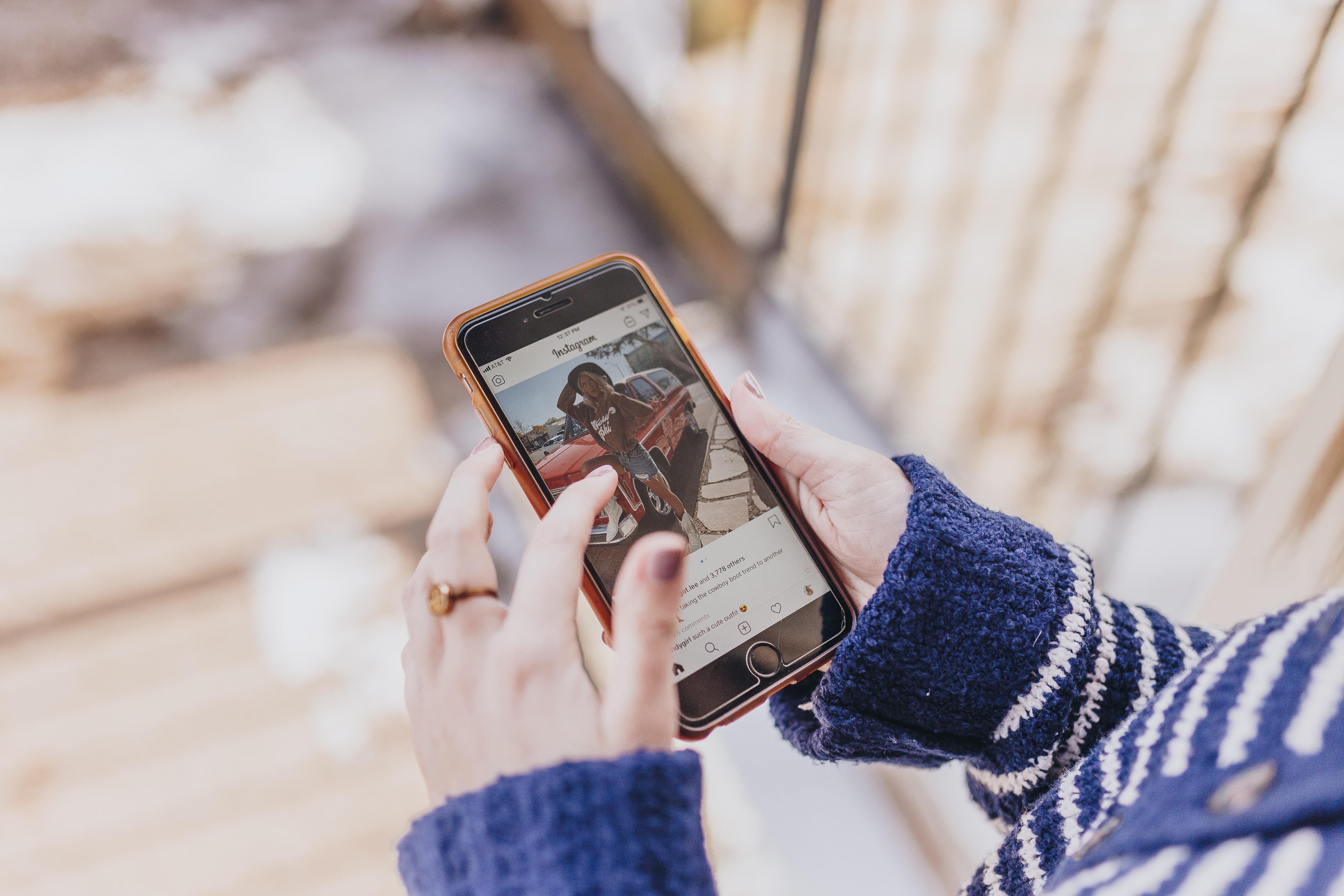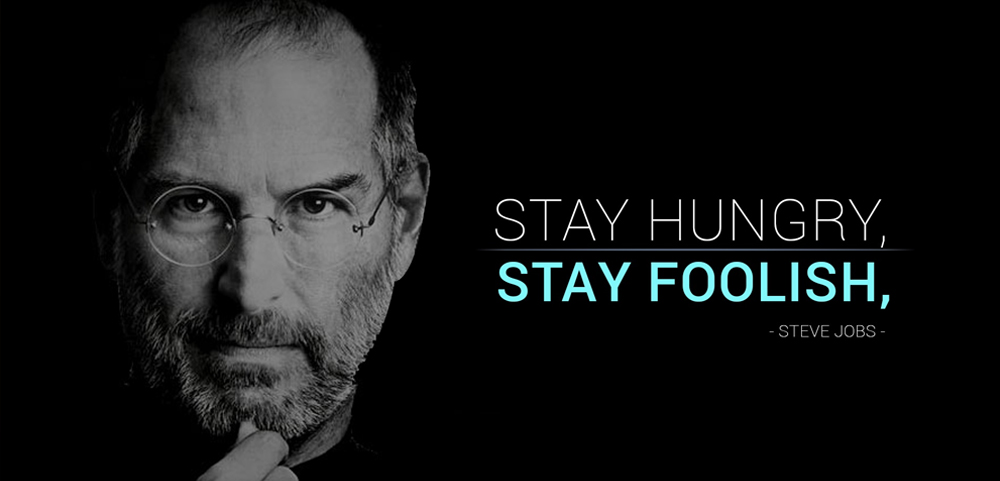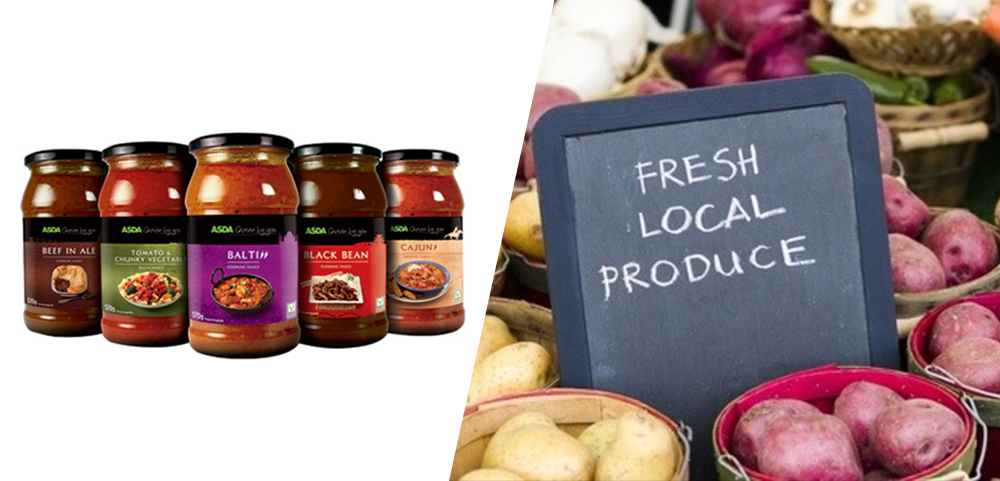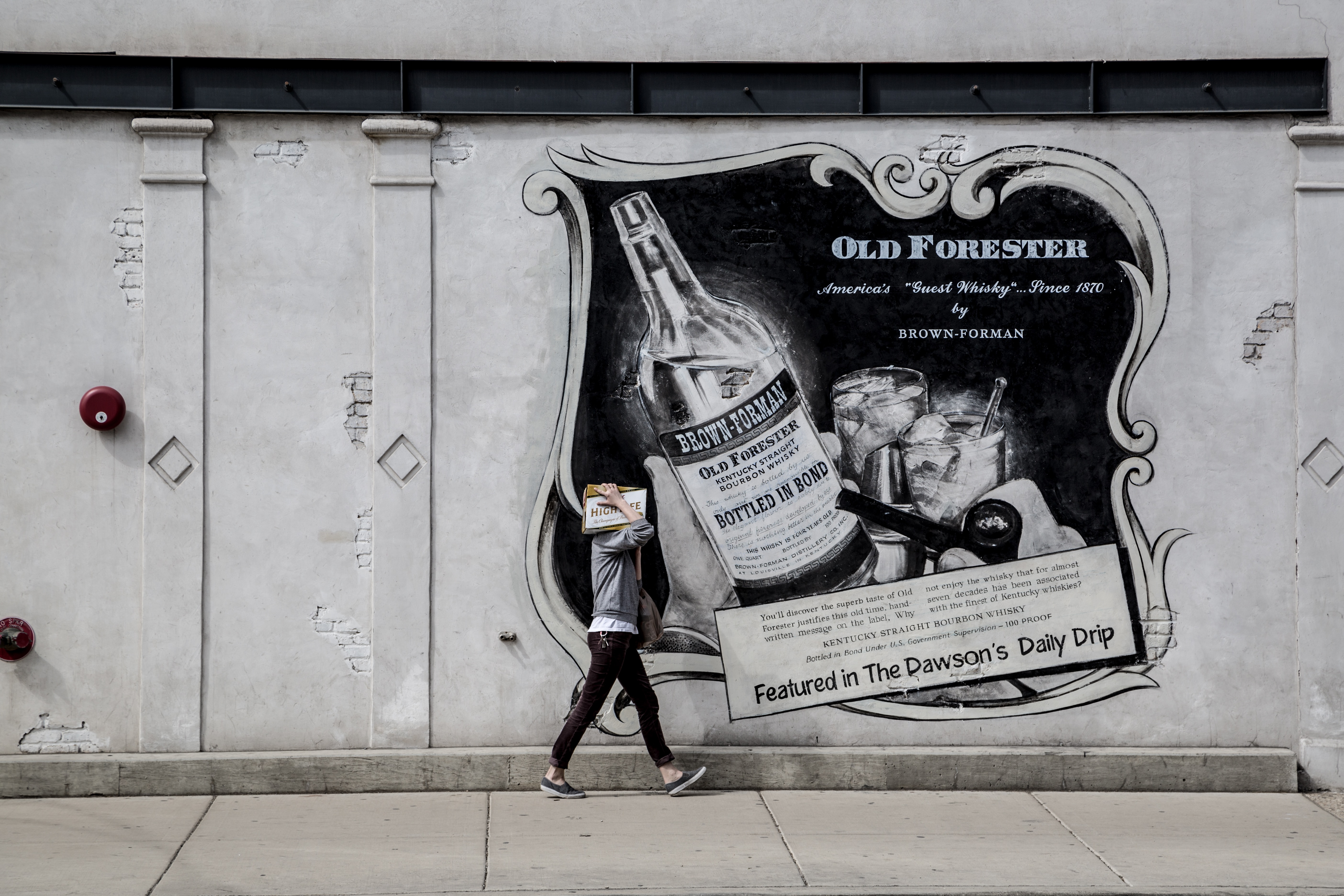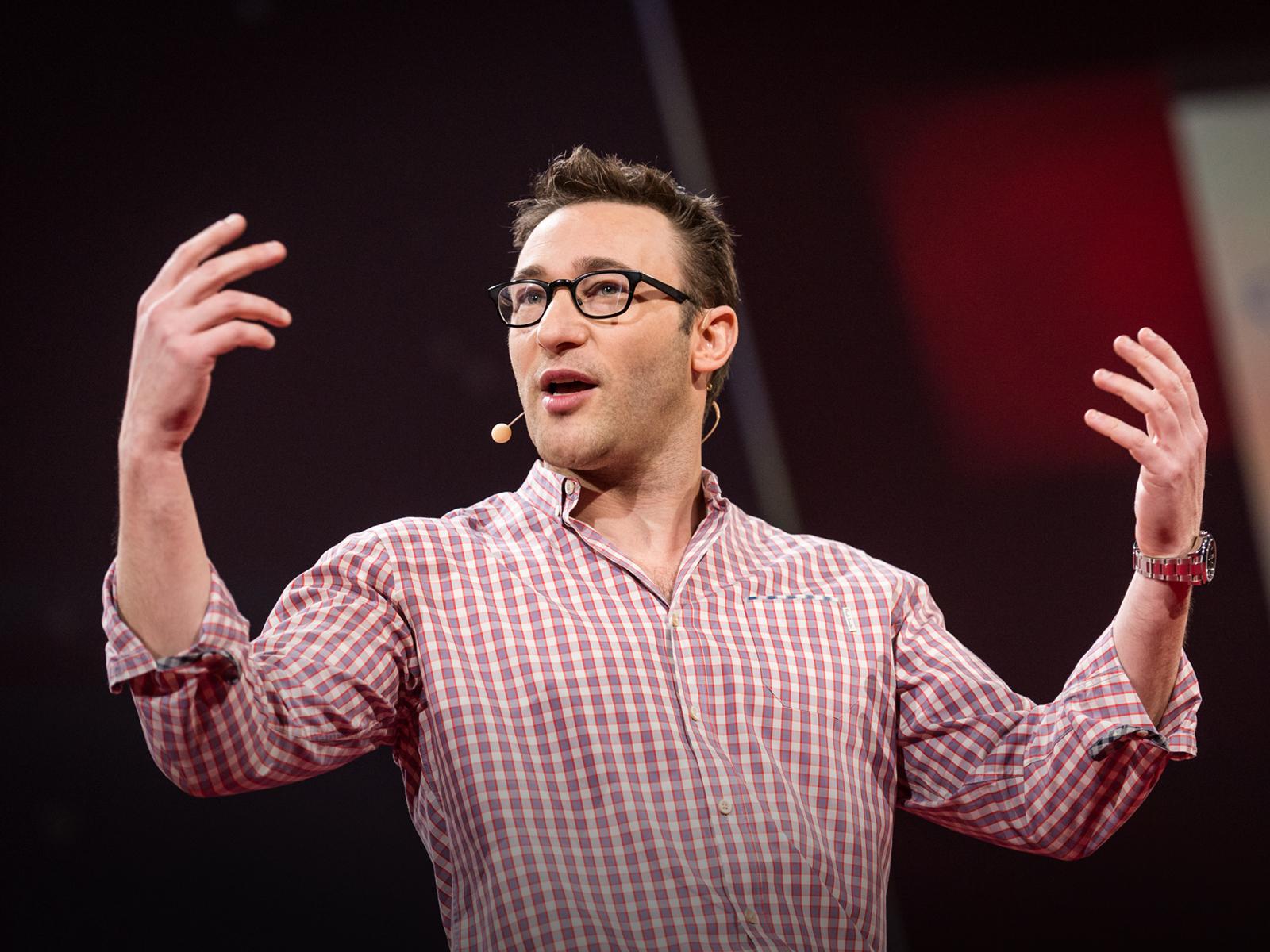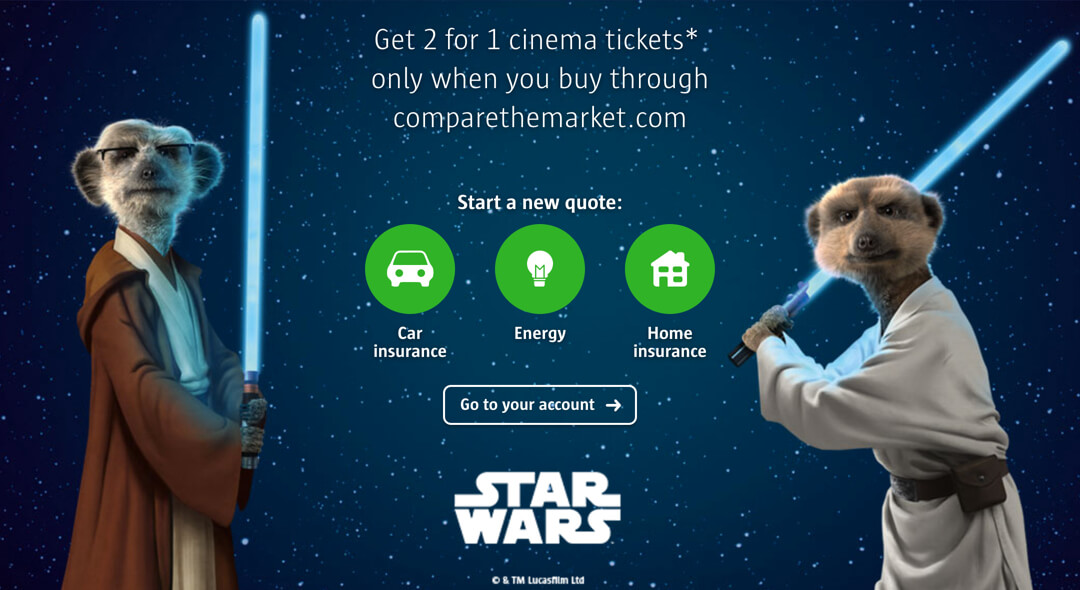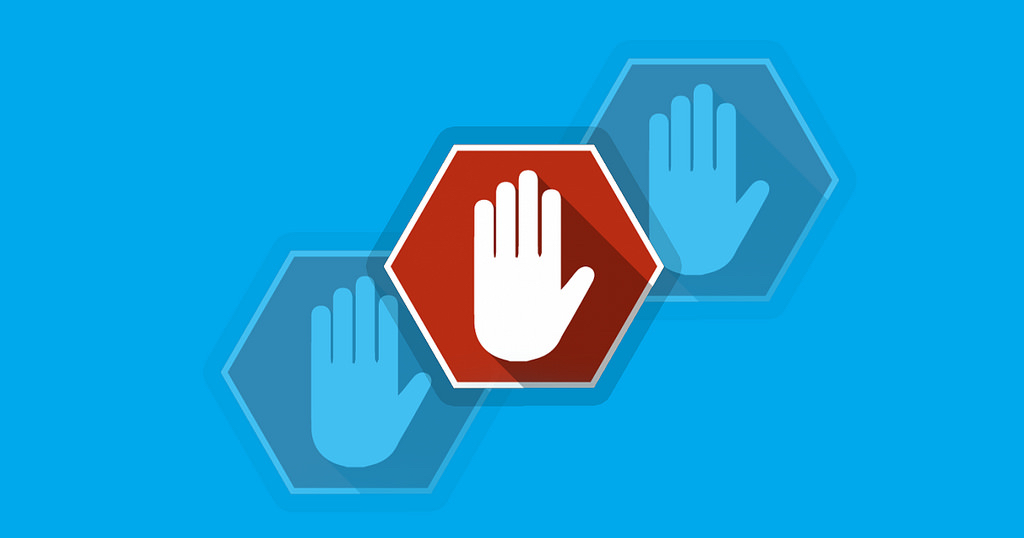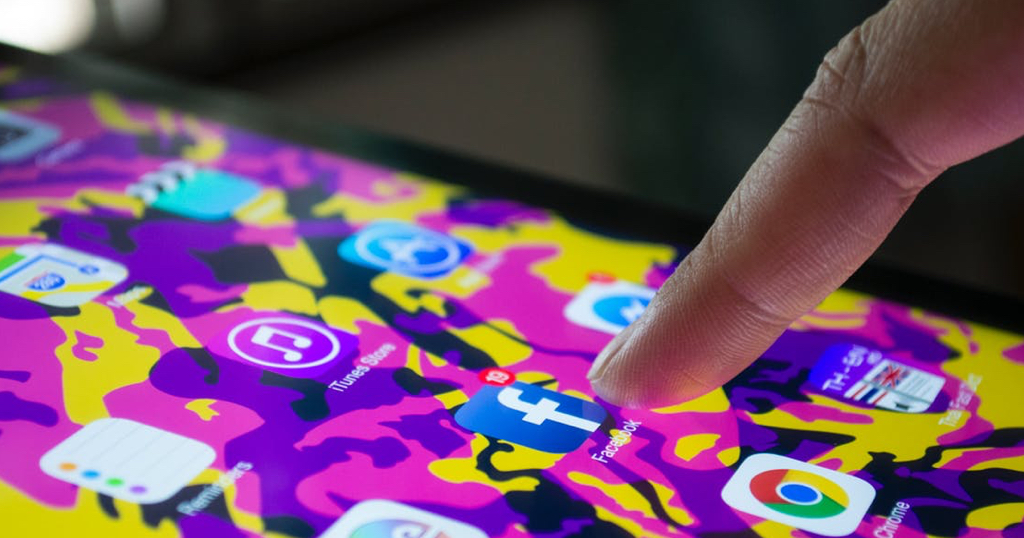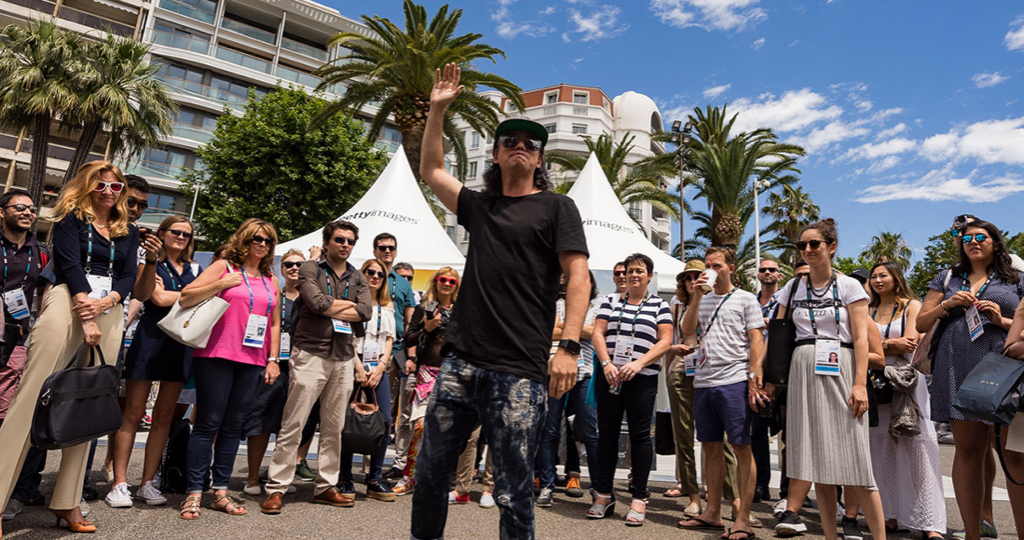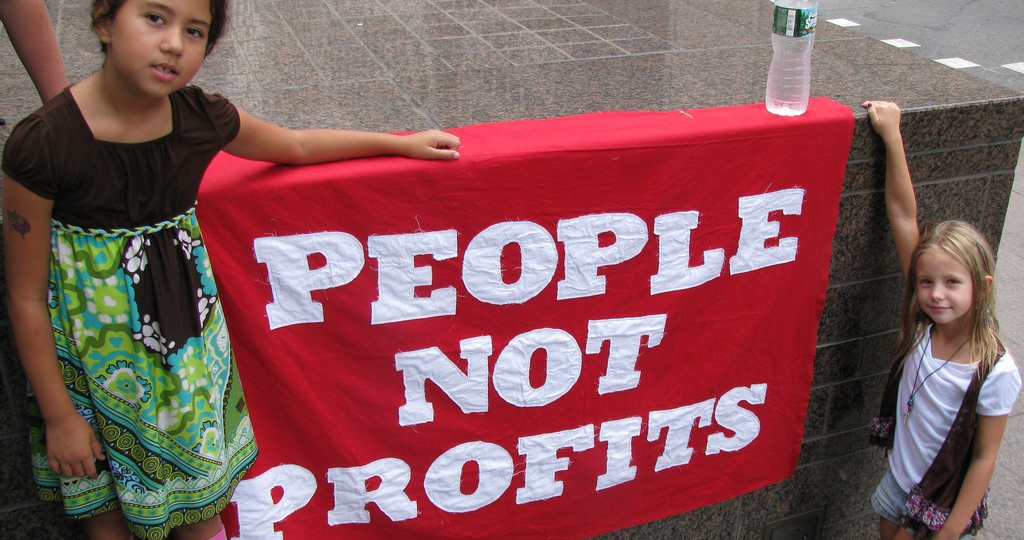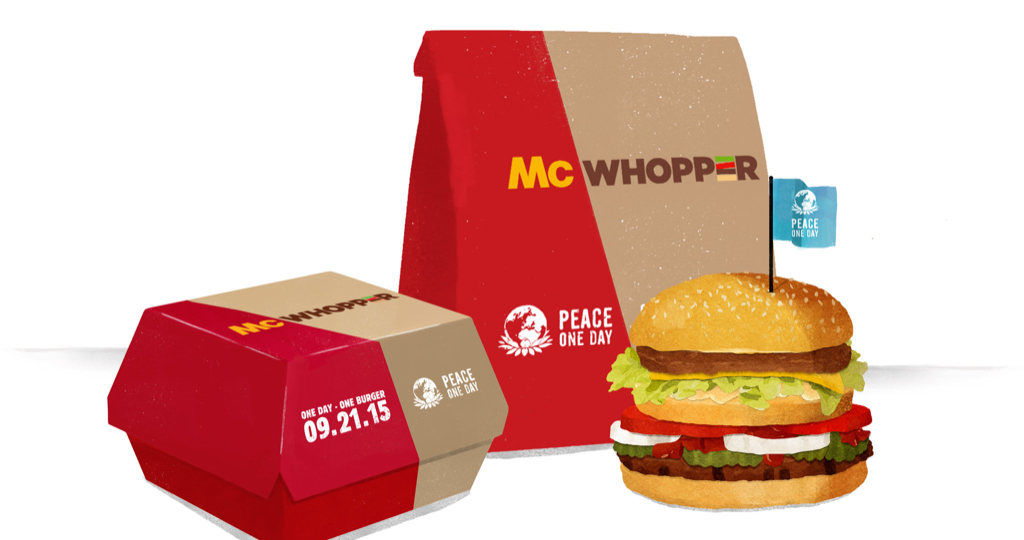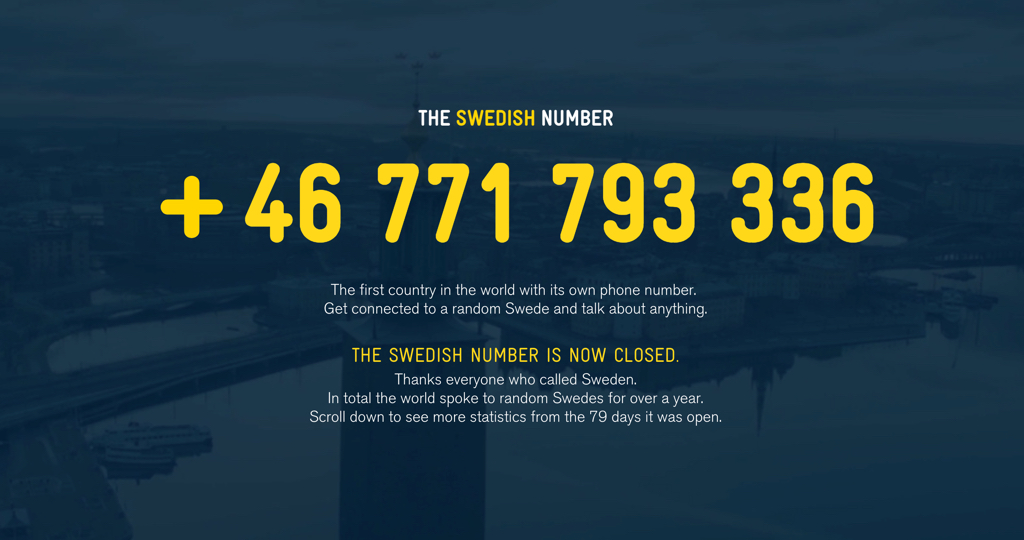
Our Covid-19 Tracker charts the changing daily attitudes and behaviours of 1000s of global consumers – capturing real customer voice and forecasting future consumer trends. As lockdown eases, our week six report begins to explore the post Covid-19 consumer.
Click below to download our full report, tracking the thoughts, feedback and opinions of our global community from the onset of the crisis.

Mental Health
• With lockdown beginning to ease, we are starting to see a decline in levels of anxiety – with those who ‘feel anxious about the situation’ falling from 70% to 62% over the last three weeks.
• Negative sentiment continues to dominate the minds of our community members – especially in the US and Italy.
• Concerns about family members catching the virus remain the biggest worry. Financial worries are also on the rise.

Shopping
• Users continue to move to online shopping across the majority of our communities – as social distancing guidelines remain in place. However, we have seen a decline of around 10% in the UK and around 19% in France over the last week.
• Numbers of users stockpiling continues to go up and down, with no clear pattern emerging. This week we have observed a spike in Italy and the US, but seen a sharp decline in the UK, France and Brazil.

‘New Normal’
• Key positives emerging from Covid-19 are a bigger focus on health, fitness, nutrition and hygiene. Lockdown has also encouraged people to address their work/life balance and spend more quality time with family.
• Covid-19 has brought about a number of learnings which will bring change to our users’ day-to-day attitudes and behaviours. These include being ‘pandemic-ready’, planning food resources better and having more appreciation of family time.

Work
• Unemployment continues to rise – particularly in the US and Italy.
• We are also observing a rise in those working less than they did before, meaning those still working are having hours and shifts cut.
• Working from home continues to rise. We anticipate seeing a slow decline here as governments across our communities begin to encourage those who can do so to return to work.

Satisfaction with Government varies across countries
• High satisfaction with Government response and actions in Italy, moderate in US and UK, and low in France and Brazil. The dissatisfaction stems from the perception of delayed response, lack of enough PPE and financial benefits not reaching the people.
• Users generally feel that governments have taken the right decisions on social distancing, lockdown and isolation.

Response on press coverage
• Opinions stand divided on press coverage and behaviour; while most find it informative, accurate and helpful, others find it to be a source of overly negative and depressing information.
• Low perception of news being positive, rather perceived to be extremely negative in the UK and Italy with low objectivity.



